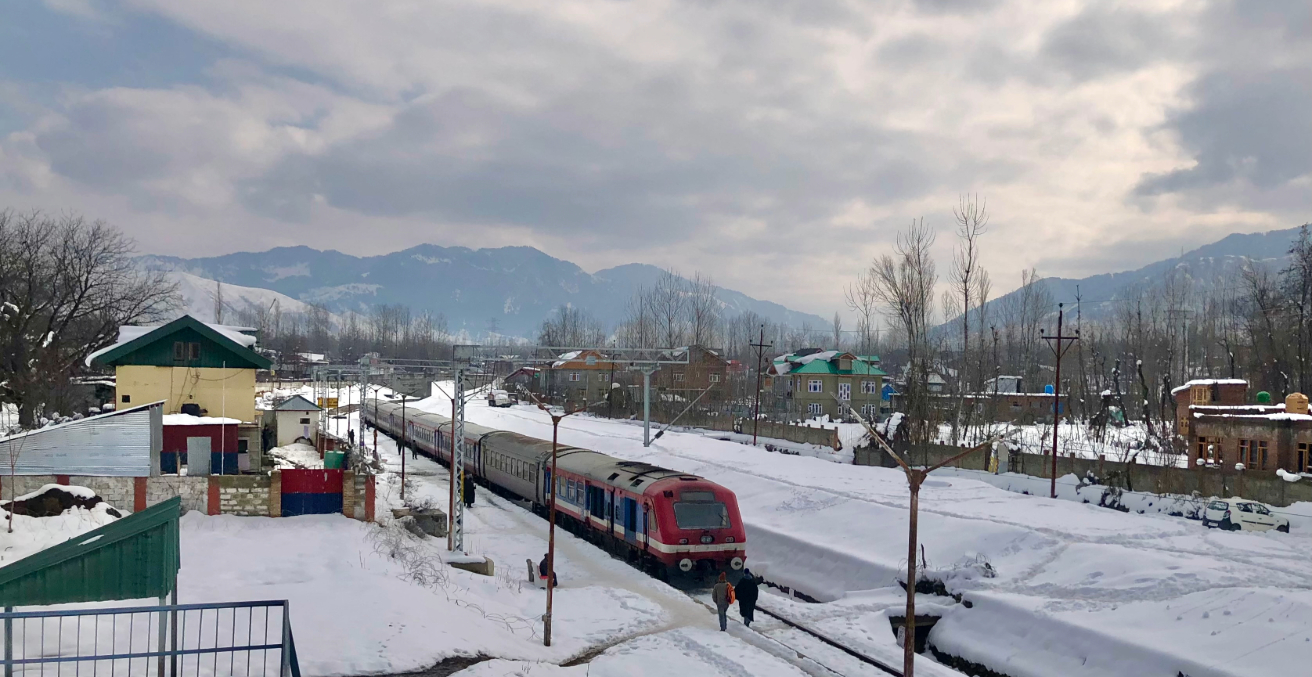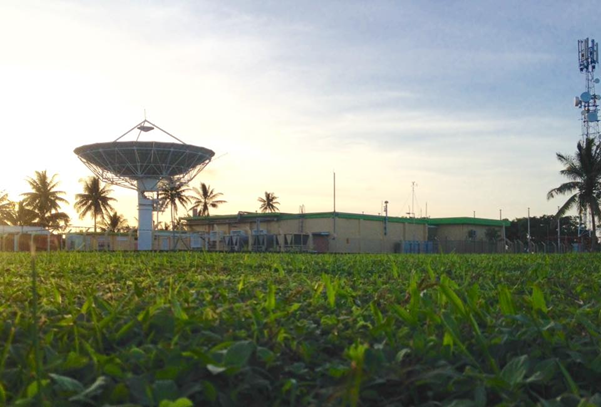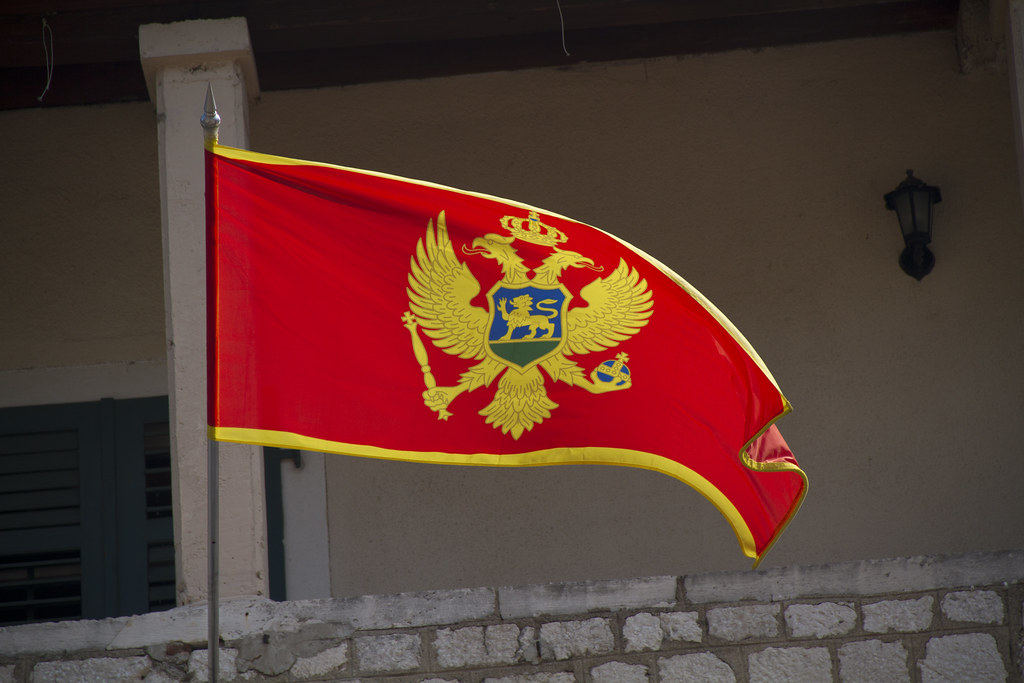The Chenab Bridge and USBRL mark a transformative leap in India’s military logistics across Kashmir, reducing travel time and reinforcing front-line supply capabilities. As strategic connectivity strengthens, so too does the potential for escalated military posturing along the Line of Control.
On 6 June this year, Indian Prime Minister Narendra Modi inaugurated the Chenab Bridge, the world’s highest rail bridge, thus opening the railway link between the Indian-held territories of Jammu and Kashmir. While the railway will facilitate civilian travel and freight movement, its importance lies in its ability to quickly transport India’s army in the event of crisis or war, and if need be, swiftly concentrate its troops and equipment along the Line of Control (LoC). It also allows for the replenishing of critical war reserves such ammunition, medical supplies, oil, and lubricants.
The Udhampur-Srinagar-Baramulla Rail Link (USBRL) connects the garrison town of Udhampur in Jammu to the border town of Baramulla in the Kashmir valley. Although the project’s foundation stone was laid in 1983, the on-site construction began in 1997. The project was declared a “national project” by the Vajpayee government in 2002. Work on the railway line continued on both sides of the Pir Panjal range, a natural barrier splitting the regions of Kashmir and Jammu. This approach was adopted to ensure a more timely completion of the railway line.
This railway line is a noteworthy accomplishment. It includes 36 tunnels extending 119 km and 943 bridges of various sizes constructed to link ridges, mountain passes, and valleys across the region. In addition, 200 km of road was built by the project administration to bring manpower, raw material, and machinery to the construction sites, all in an effort to facilitate the construction of a 100 km stretch of railway line.
The Chenab bridge was the final section to be completed. The 1.31 km bridge construction was approved in 2003, and took over two decades to build. Its complications lie in its height. As the world’s highest bridge, with an elevation of 359 meters, the Indian government also aimed to make it “blast proof,” a milestone possible because of the efforts of the Defence Research and Development Organization program. The bridge can stand up to a blast of 40 kg of TNT, and continue to support railway operations even if one of its pillars gets knocked out.
Now, the 800 km journey between Srinagar and New Delhi has been reduced to around 13 hours from the previous journey of around 20 hours by road. The distance between Jammu and Srinagar has been reduced from 8–9 hours by road to only 3–4 hours via train. Already, a pilot train carrying one battalion (800 soldiers) has completed its journey from New Delhi to Srinagar. Once reaching the Katra junction, a new train with a specialised engine and passenger coaches is responsible for taking passengers to their final destination, due to changes in altitude and climate. The coaches are designed to complete their journey in sub-zero temperatures and keep passengers warm during from harsh Kashmiri winters.
The railway line marks a breakthrough in logistics for the Indian military. Until now, the army only had two options for moving supplies into Indian held Kashmir (IHK): by road or air. The new railway connection offers a third, vital means for the Indian army to support its troops along the front lines. Compared to road and air transit, the new railway can facilitate larger volumes of soldiers, persons, and supplies.
India’s military cargo planes, such as the C-130, An-32s, and C-17s, can rapidly airlift cargo from plains to mountains. During a crisis situation or active conflict, however, these assets may be assigned to carry out cargo operations in one theater only, leaving supply lines vulnerable.
The USBRL ends a decades-long problem for the Indian army, which required a significant amount of time to bring supplies from mainland India to the frontline along the LoC. The challenges faced during the Kargil war, in which poor road infrastructure made it difficult for India to transport military equipment to the front lines, serve as a classic example of these difficulties. Therefore, the new railway line will boost the logistics capabilities of the Indian army’s XIV Corps and XV Corps based in Leh and Srinagar, respectively.
Over the past two decades, India has revamped its entire transportation network (road/rail) to enhance its military logistics capabilities. The USBRL railway line is one such endeavour. With the operationalisation of the Baramulla-Jammu railway line, the army’s capacity to sustain military operations in the mountainous region of Kashmir has increased substantially. Keeping this in view, a possibility exists that the new capability may lure decision-makers in India to authorise the launch of a military adventure along the LoC in the next crisis.
Usman Haider has an MPhil degree in Strategic Studies from the National Defense University, Islamabad, Pakistan. The author has published on various platforms like The Diplomat, South Asian Voices, Australian Outlook, South China Morning Post, Real Clear Defense, and many others.
This article is published under a Creative Commons License and may be republished with attribution.





